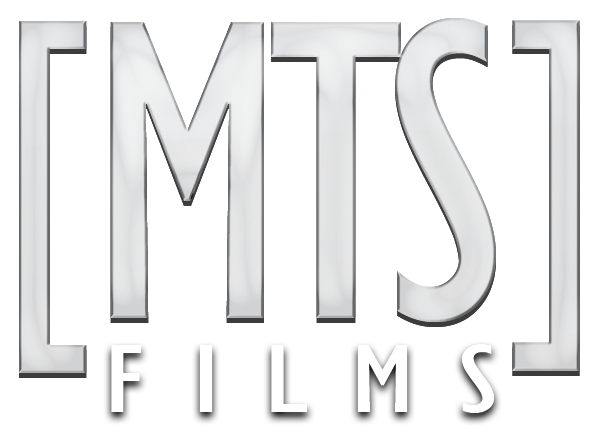In the weeks of per-production before we began shooting Queen of the Bees, director Joe Russell asked that I try and keep lighting for the film, to a minimum. It's easy to go over-board with lighting and in my case, it's easy to get carried away and light every shot as if it were a portrait (that's one thing I need to work on NOT doing hehe). So, this is the first time I have actively and deliberately used less light than ever before.....annnnnd it's not easy. I'm also trying to light with motivation from practicals and windows so that my wide shots match my closeups. Again, not easy. I'm generally not a fan of "low light" shoots. To be more specific, I hate reading how amazing cameras are in low light....so amazing in fact, that you don't even need to light! Kill me now. Using no lights, regardless of how sensitive a camera's sensor is, still looks un-lit. I like to call it, ISO-lighting, and I personally think that ISO-lighting is a crude short-cut to the true art of cinematography.
HOWEVER....
The past few shoot days have been very frustrating for me. I'm trying my best to use less light, less fill and still get pleasingly clean, nicely-lit, well balanced shots with good contrast. The hard part is, I know exactly how I can fix the shot with an extra light or two....but I'm not allowed hehe ;)
At the top of this post is a frame grab comparison from the film. I'm not allowed to show you the moving shot yet (which is gorgeous, even if I do say so myself hehe). But I'm pretty happy with the final look, leaving the warm tones in tact.
From my experience shooting with the RED Scarlet-X at 4K, I get the best results lighting for 800ISO in all situations. I may have stated otherwise in earlier blog posts, but after many shoot days (and nights) since then, I still find 800ISO to be the "sweet spot". So I'll basically use ND filters to bring exposure down during outdoor shoots and conversely, open up my iris when shooting in doors, or in low light. Many suggest shooting at 320ISO in low light, and that is how I used to shoot, but I found that my dynamic range dropped too much and highlights were not as safe as they were at 800ISO. The trade-off is, 800ISO isn't super clean on the MX, especially when parts of the frame are under-exposed. So...what the hell do you do when you actually WANT underexposure? I'm still trying to figure that out. Shooting RAW on the RED MX sensor is no-where near as simple as forum masters and blog posters make it out to be.
Above is what the shot looks like in RAW (320ISO, 5000K). As you can see, it's very underexposed and has virtually no contrast. Now take a look at what 800ISO looks like with a simple white-balance and curve adjustment in RedCINE-X.
It's looking better but, besides the fact that it's no longer warm and cosy (like my finished example at the top of the page), it's FULL OF NOISE!!! Check the 100% crop below to see what I mean.
And don't get me started on "the blue channel is starved" debate. This sort of exposure level is noisy no matter what lighting temperature you shoot at, no matter what white balance is set to and no matter how many times you black shade. It's basically a good example of how the MX sensor reacts to under exposure.....but wait...what if I WANT to under-expose?
I graded the final shot (above - or press play at the top of this page) in DaVinci Resolve. Instead of boosting my ISO to 800 using RedCine-X, I kept it at 320ISO and used Resolve's YRGB curves to push my "exposure" where I wanted it. This helped keep noise levels down. I then used power windows to help focus and de-focus certain parts of the image (eyes, face, background, etc). The result is much nicer, much cleaner and was done using no noise reduction. So, the long and convoluted point to this blog post is, I'm still learning how to light with low light, but once again, it comes back to knowing your medium.
How flexible is RED's RAW codec? What is the best way to develop RAW files? What ISO should I be monitoring with? And how can I as a cinematographer better understand lighting to confidently light for any situation?
One thing's for sure though, it IS possible to get clean, nicely lit, low light shots with good contrast (take a look at the long list of Hollywood blockbusters shot with exactly the same sensor)...but I'm not yet consistently recording those. Experience and experimentation is key, and thanks to Joe pushing me to shoot shots like this, I'm learning fast :) Would RED's new Dragon sensor fix all of my problems? Probably, yes. But I never did like short-cuts.
For a lighting setup and shot breakdown of this shot, click HERE or visit the LIGHTING section above :)



